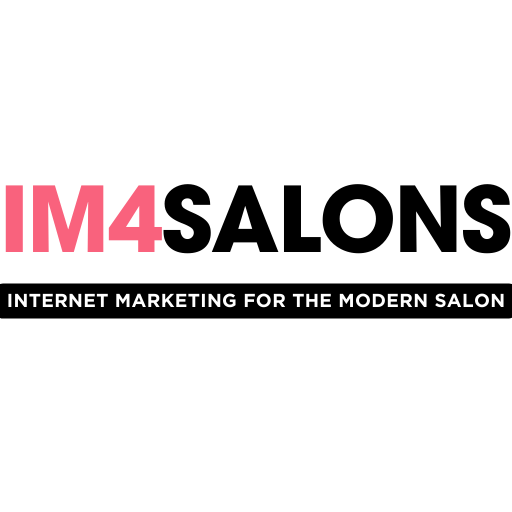In the fast-paced world of beauty and wellness, where clients are constantly on the go, having a salon website optimized for mobile users is not just a luxury—it’s a necessity. With the majority of internet users accessing websites on their mobile devices, ensuring a seamless and enjoyable mobile experience is key to attracting and retaining clients. In this blog post, we’ll explore the essential strategies for optimizing your salon website for mobile users.
1. Responsive Design:
The cornerstone of mobile optimization is a responsive design. A responsive website automatically adapts its layout and elements to fit various screen sizes, providing an optimal viewing experience on smartphones and tablets. This ensures that your salon’s website looks polished and functions seamlessly across a range of devices.
2. Streamlined Navigation:
Simplify navigation on your mobile site by condensing the menu and focusing on essential pages. Use clear and concise labels for navigation links, making it easy for users to find the information they need without unnecessary scrolling or clicking.
3. Fast Loading Times:
Mobile users value speed. Optimize your salon website for quick loading times by compressing images, minimizing the use of large files, and leveraging browser caching. A fast-loading website not only improves the user experience but also positively impacts search engine rankings.
4. Mobile-Friendly Content:
Craft content that is easily digestible on smaller screens. Use concise headlines, short paragraphs, and bullet points to break up text. Ensure that your images are appropriately sized and that any videos are mobile-friendly. Mobile users should be able to absorb information quickly and effortlessly.
5. Strategic Call-to-Action Buttons:
Place strategic call-to-action (CTA) buttons prominently on your mobile site. Whether it’s “Book Now,” “Contact Us,” or “View Services,” make these buttons easily accessible, ensuring that users can take desired actions with minimal effort.
6. Optimized Forms:
If your salon website includes forms for appointments, inquiries, or subscriptions, optimize them for mobile users. Use mobile-friendly form fields, minimize the number of required fields, and implement autofill options. Simplifying the form-filling process encourages user engagement.
7. Location-Based Information:
Many mobile users are looking for local businesses, so prominently display your salon’s location, contact information, and hours of operation. Consider integrating location-based services or maps to provide users with easy navigation to your salon.
8. Mobile SEO Optimization:
Optimize your salon website for mobile search engines by ensuring that it meets mobile-friendly criteria. Use Google’s Mobile-Friendly Test to assess your site’s compatibility with mobile devices. Mobile-optimized websites often receive better rankings in mobile search results.
9. Integrated Social Media Links:
Connect your salon’s social media profiles seamlessly with your mobile website. Integrate social media icons that link directly to your salon’s accounts, allowing users to explore your social presence effortlessly.
10. User Testing and Feedback:
Prioritize user testing to identify and address any issues with your mobile website’s functionality. Encourage feedback from clients and use their insights to refine the mobile user experience. Regular testing ensures that your salon website stays responsive and user-friendly as technology evolves.
11. Mobile-Friendly Booking System:
If your salon offers online booking, ensure that the booking system is mobile-friendly. Clients should be able to schedule appointments easily from their smartphones without encountering glitches or cumbersome processes.
12. Security Measures:
Prioritize the security of your mobile website, especially if it involves online transactions or the storage of client information. Implement secure sockets layer (SSL) certificates to encrypt data and provide a secure browsing experience for your clients.
13. Consistent Branding:
Maintain a consistent brand experience across all devices. Your mobile website should reflect the same branding elements, color schemes, and imagery as your desktop site. Consistency reinforces your salon’s identity and professionalism.
14. Regular Updates:
Technology evolves, and user preferences change. Regularly update your salon website to incorporate the latest mobile optimization techniques, security measures, and design trends. Staying current ensures that your website continues to meet the expectations of modern mobile users.
Conclusion:
Optimizing your salon website for mobile users is no longer an option—it’s a strategic imperative. As clients increasingly rely on their smartphones for online interactions, providing a seamless and enjoyable mobile experience is key to attracting and retaining a loyal customer base. By implementing responsive design, streamlining navigation, prioritizing fast loading times, and incorporating user-friendly features, your salon can create a mobile website that not only meets the needs of today’s clients but also sets the stage for future success in the dynamic beauty industry.
